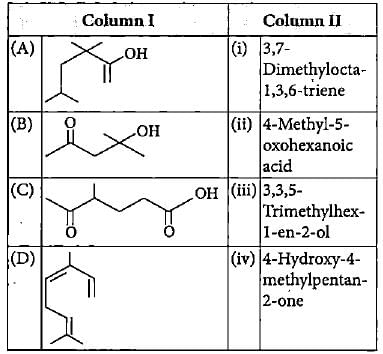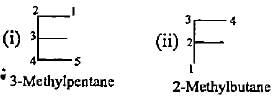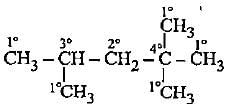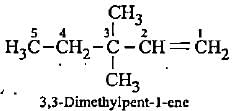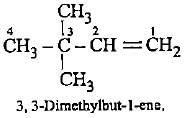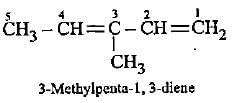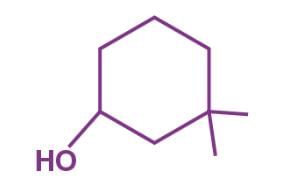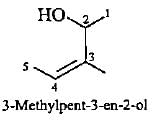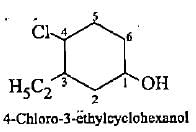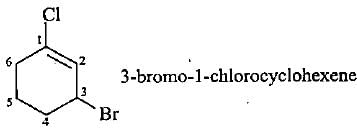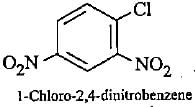Test: Nomenclature of Organic Compounds (NCERT) - NEET MCQ
20 Questions MCQ Test - Test: Nomenclature of Organic Compounds (NCERT)
lUPAC names of the given structures are


Correct name for the given compound,


How many primary, secondary, tertiary and quaternary carbon atoms are present in the following compound?

The lUPAC name of the compound having formula

lUPAC name of (CH3)3C - CH = CH2 is
Which of the following represents 3-methylpenta-1, 3-diene?
The correct decreasing order of priority for the functional groups of organic compounds In the lUPAC system of nomenclature Is
Which of the following compounds Is not correctly matched with Its lUPAC name?
The correct representation of 4-hydroxy-2-methylpent-2-en-1 -al Is
Correct representation of 3-methylpent-3-en-2-ol is
Which of the following lUPAC names is not correctly matched?
The correct lUPAC name of the compound

The correct IUPAC name of the following compound is

The lUPAC name of the compound shown below is

Which ofthe following names of substituted benzene compounds is not correct?
Match the compounds given in column I with the TUPAC names given in column II and mark the appropriate choice.
